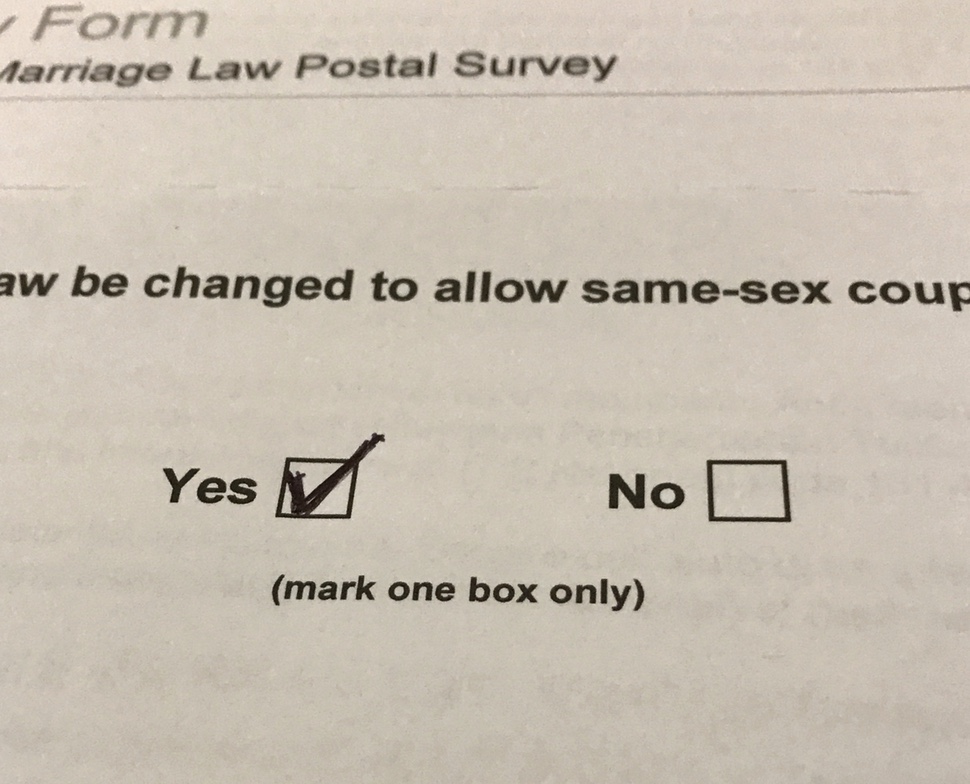Careful what you promise
20 Nov 2017 | javascript asyncBackground
I was working recently on a JavaScript front-end project using ES6 async / await syntax.
We created a client to back-end services hosted on AWS Lambda via AWS API
Gateway.
The client is successful at fetching temporary auth tokens and credentials from specified endpoints, using the credentials to call signed services, and automatically refreshing tokens or credentials when they are about to expire.
Our code calls services using the Axios library, which returns promises. A simple example method is:
const getData = async (url, config) => {
const { data } = await axios.get(url, config);
return data;
}
A refactoring mistake
I was refactoring the function’s code to add AWS signing headers to the config argument before passing it to
Axios. (That task was previously done elsewhere.)
Given a function addAwsHeaders that adds the headers, I wrote something like this:
const getData = async (url, config) => {
const { data } = await axios.get(url, addAwsHeaders(url, config));
return data;
}
But my tests failed with unresolved promises. This is because the addAwsHeaders function is
asynchronous (the auth tokens or credentials may be stale and new ones requested) and returns
a promise that my code was not resolving.
A correct versions is:
const getData = async (url, config) => {
const awsHeaders = await addAwsHeaders(url, config);
const { data } = await axios.get(url, awsHeaders);
return data;
}
It is important to pass the resolved value from the promise, not the promise itself, to the function.


